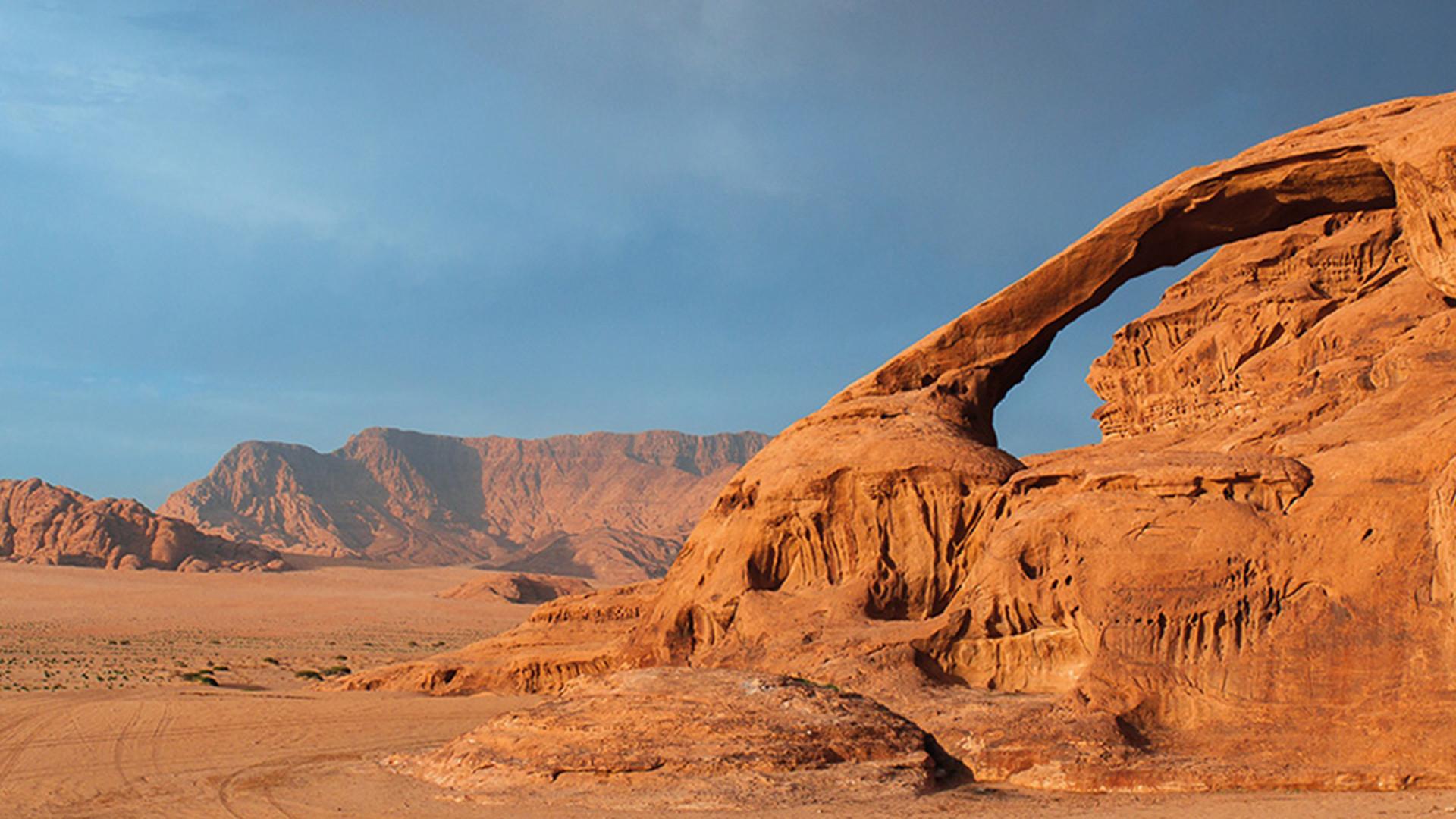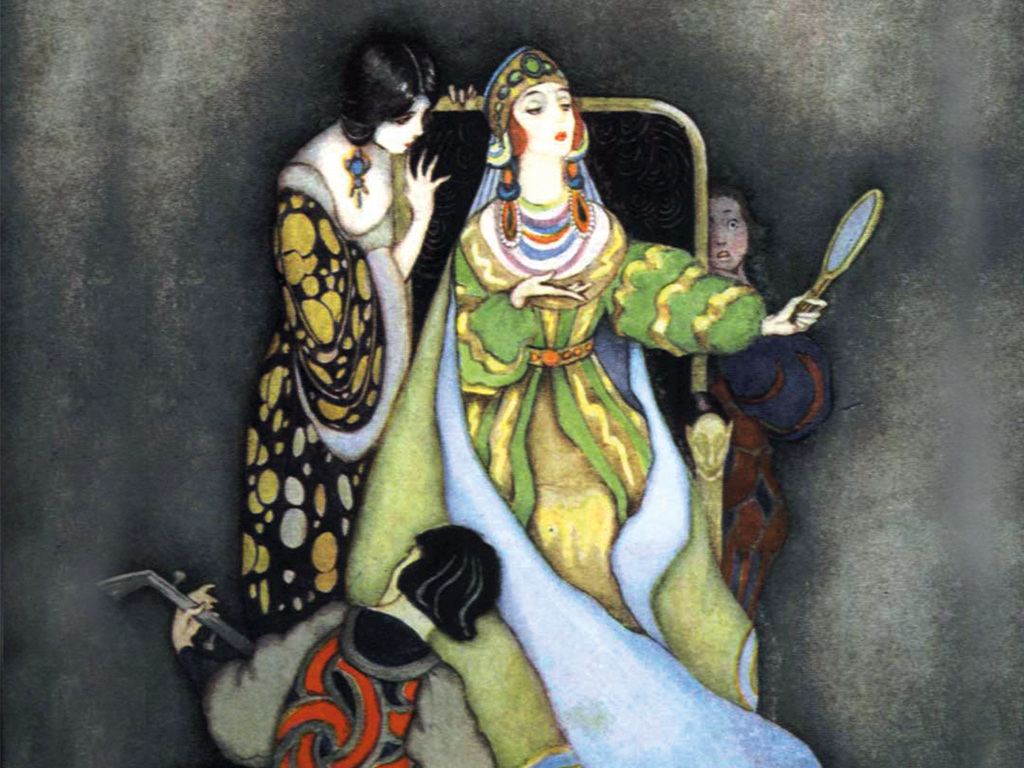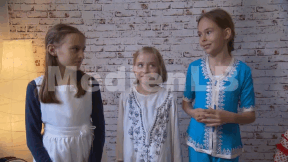 Geography
Geography

46502141 / 55502199
Desert
Types, Vegetation, Fauna
Deserts and semi-deserts cover roughly a third of the entire landmass of the Earth. A huge area of our planet is thus defined as an arid region. But what exactly are arid regions and are they similar everywhere? In general, landscapes where only highly specialised plants or no plants at all can grow due to their extreme dryness are referred to as arid regions. Therefore, cold deserts also fall into this category. Although they have water, it is frozen due to the cold and thus not available for plants. In addition, the lack of vegetation is caused by the lack of warmth. The marginal zones of the polar regions Arctic and Antarctica i.a. count among the cold deserts, but also the alpine cold deserts of high mountains. The picture is entirely different with arid deserts. In arid deserts, little precipitation and a high rate of evaporation are mainly responsible for the lack of an extensive vegetation cover. Most arid deserts stretch out around the globe in two broad dry belts north and south of the equator.
Play trailer
Curriculum-centred and oriented towards educational standards
Matching
Air Traffic
Being able to fly has been a dream of humanity from time immemorial. But it does not even date back a century that people actually started being able to travel through the air. Since the 1960s, the number of flight passengers has been constantly increasing. Thus, the airspace is no longer dominated by birds but by man-made flying objects.
Mobile Learning II
Oh, what’s that? Original soundtrack Thissen: “As our children grow up in a media world and naturally handle the media, they should also be a topic in school.“ An older child says the point is that they don’t just load down apps but create things themselves that haven’t existed so far. Hi, I’m Jana. A propeller hat. I’ll put it on. Now I’m no longer a simple rhino, but a flying rhino. Original soundtrack Thissen: “It’s exactly the great flexibility of tablets that promotes very personalised and adapted learning.” Original soundtrack Welzel: “It’s fascinating to see how the children grow with their products and how they always want to improve them.” The Westminster Abbey is a church in London for the royal family. Original soundtrack Welzel: “And?“ They think it is ok.









